Tuscany’s hillsides conceal wine cellars that have been aging precious vintages for centuries, their stone walls and arched ceilings creating perfect environments for transforming grape juice into liquid treasure. These underground chambers maintain consistent temperatures and humidity levels that modern technology struggles to replicate, making them essential components of the region’s winemaking tradition. The cellars themselves tell stories of families who have perfected their craft across generations—some dating back to medieval times when monks first began cultivating grapes in these fertile valleys.
Many of these spaces remain hidden from casual tourists, accessible only through private appointments or specialized tours that reveal the serious business of wine production. Here is a list of 17 underground wine cellars that represent the beating heart of the Tuscan winemaking tradition.
Castello di Brolio
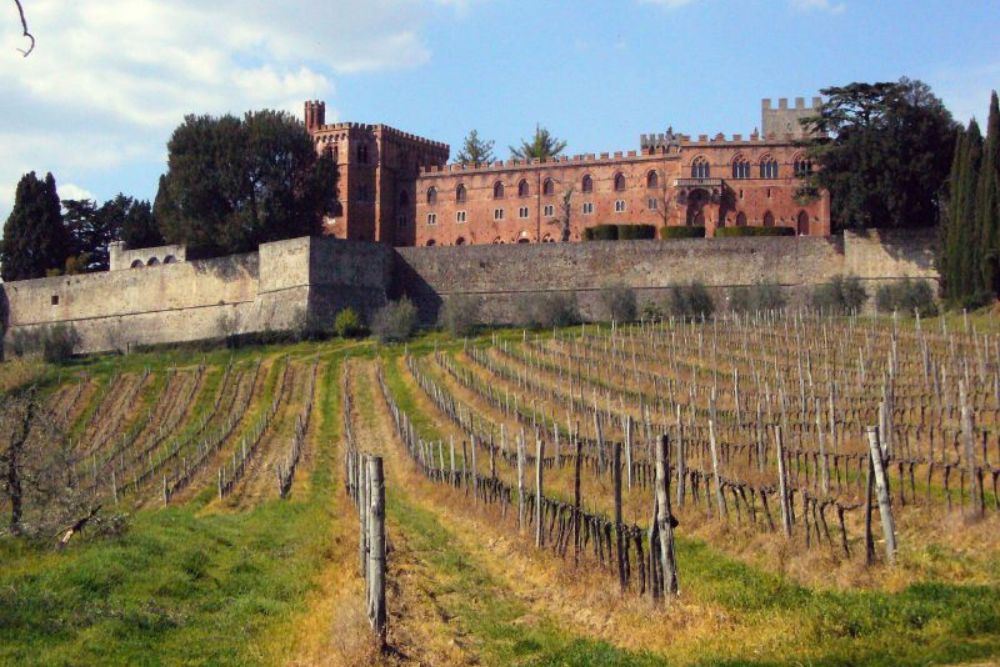
This historic castle’s cellars extend deep into the hillside through tunnels carved directly into the rock that provide natural temperature control for aging Chianti Classico. The Ricasoli family has maintained these underground chambers for over 900 years, creating a repository of winemaking knowledge that spans nearly a millennium.
The cellars feature massive oak barrels that have been in continuous use for decades, their wood imparting subtle flavors that can’t be replicated in modern stainless-steel equipment. Walking through these tunnels feels like traveling through time, with each chamber representing a different era of winemaking evolution.
Antinori nel Chianti Classico
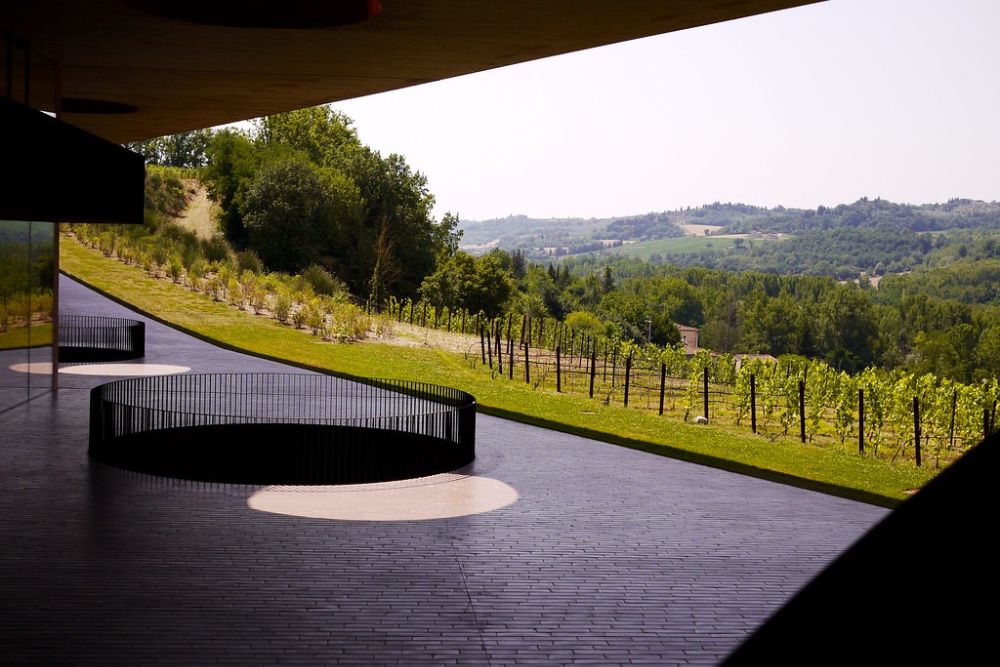
This architectural marvel burrows three stories underground, with the winery’s production facilities completely hidden beneath a vineyard-covered roof. The cellars maintain perfect conditions for aging through a combination of earth-sheltered design and cutting-edge climate control technology.
The space features spiral staircases that wind through different levels of production, creating a cathedral-like atmosphere where wine aging becomes a form of meditation. The design proves that modern technology can enhance rather than replace traditional winemaking methods.
Like Travel Pug’s content? Follow us on MSN.
Badia a Passignano
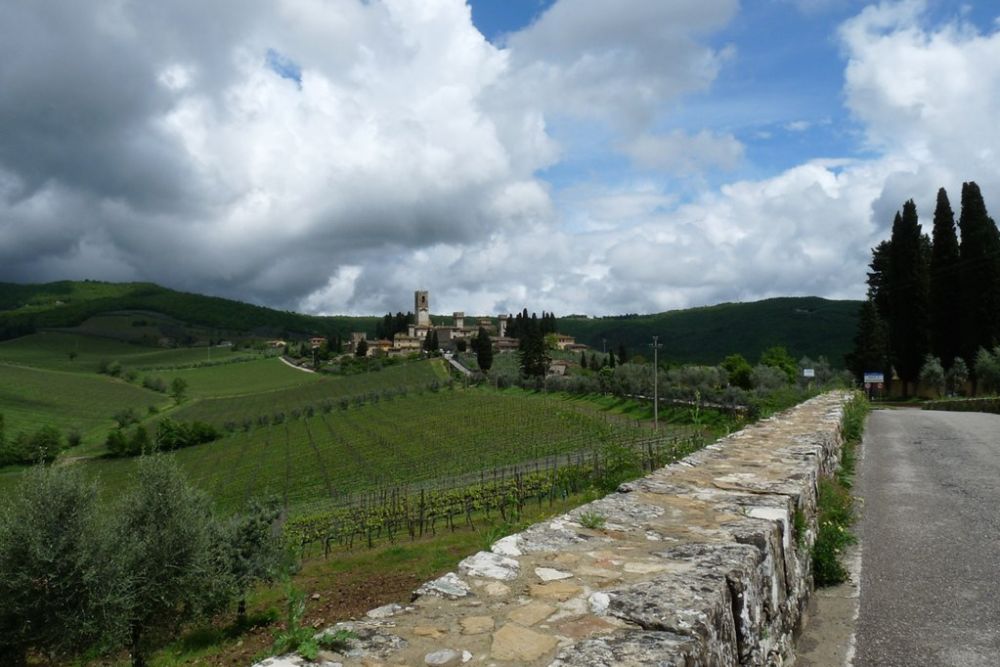
Located in a 1,000-year-old abbey, these cellars occupy spaces that were originally built by Benedictine monks who understood the spiritual nature of winemaking. The ancient stone walls and vaulted ceilings create an atmosphere of reverence that seems appropriate for the transformation of grapes into wine.
The cellars house both traditional large oak casks and modern equipment, representing the evolution of winemaking techniques while maintaining respect for historical methods. The space demonstrates how religious architecture can serve secular purposes while retaining its sacred character.
Rocca delle Macìe
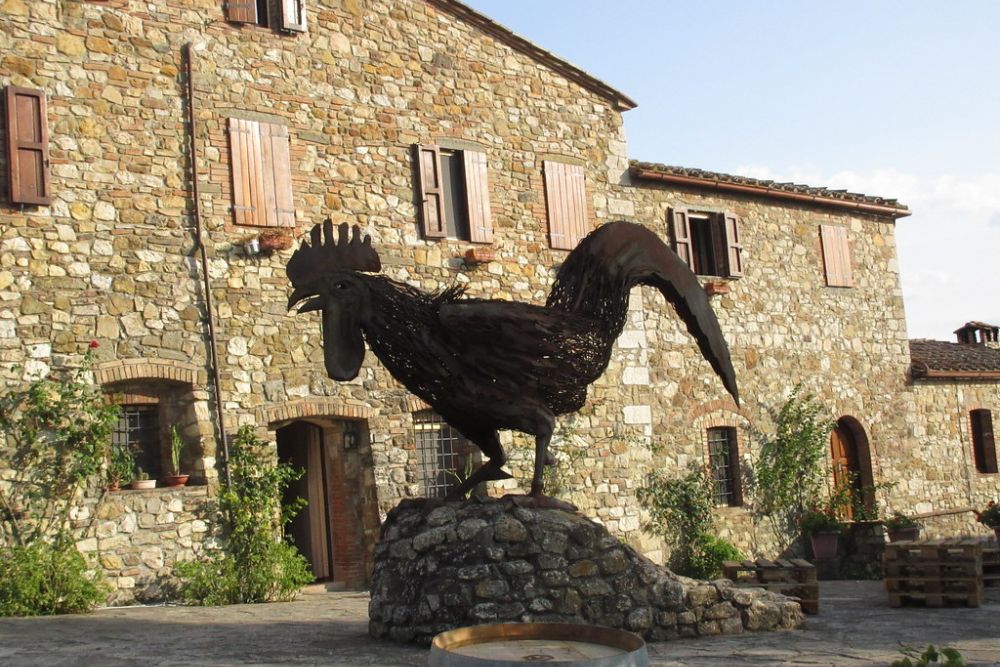
This estate’s cellars extend through multiple levels of underground tunnels that connect different sections of the winery, creating a subterranean network devoted to wine production. The varying depths of the cellars provide different temperature zones for aging different styles of wine, from young Chianti to reserve bottlings that require years of patient development.
The space includes both historic sections carved from rock and modern additions that maintain the same cool, stable conditions. The tunnel system creates a sense of discovery as visitors explore different chambers dedicated to various aspects of wine production.
Tenuta San Guido
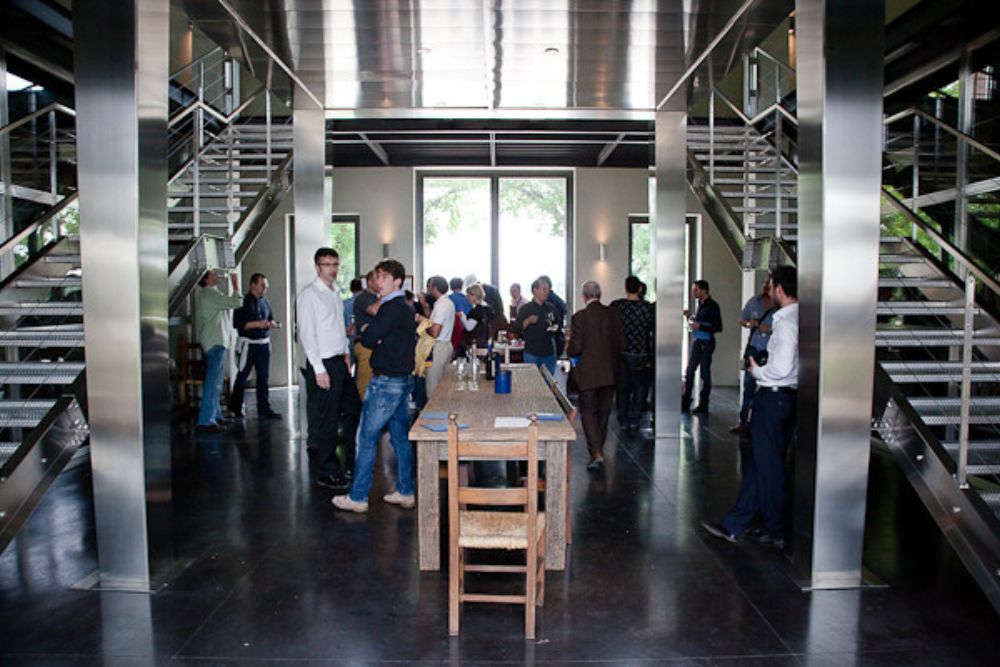
Famous for producing Sassicaia, this estate’s cellars combine traditional Tuscan architecture with modern winemaking technology in underground spaces that feel like wine cathedrals. The cellars feature soaring ceilings and natural stone walls that create an atmosphere of grandeur appropriate for wines that have achieved legendary status.
The space includes separate areas for different stages of production, from initial fermentation to final aging in French oak barrels. The cellars demonstrate how traditional architecture can accommodate modern winemaking techniques without losing its historical character.
Like Travel Pug’s content? Follow us on MSN.
Castello di Monsanto
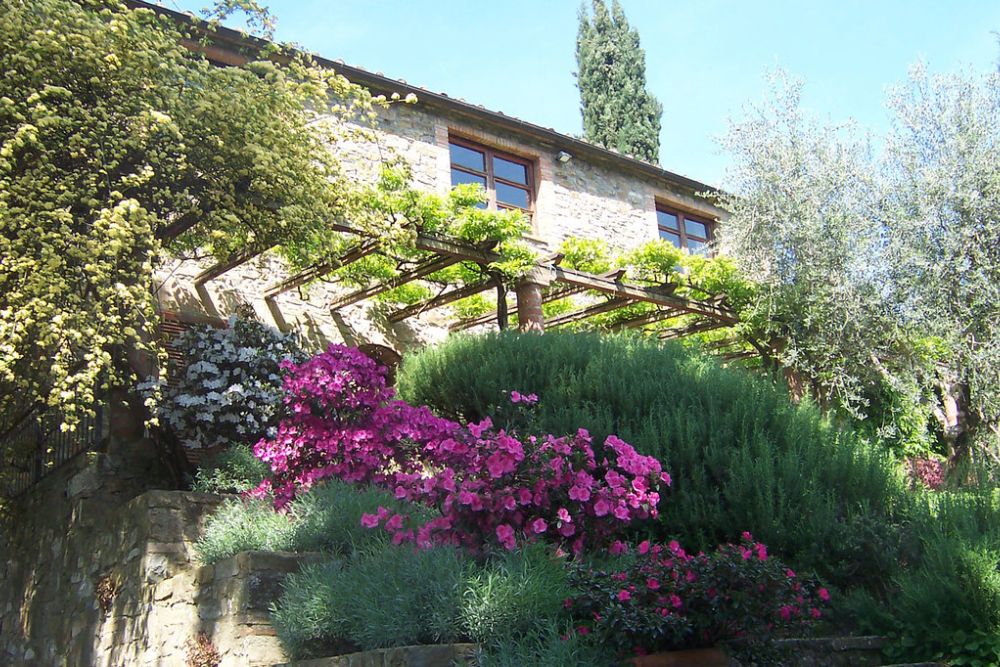
These cellars occupy medieval foundations that have been continuously adapted for winemaking, with stone walls that have absorbed decades of wine aromas. The underground spaces maintain the castle’s historic character while housing modern equipment that allows for precise control of winemaking processes.
The cellars feature both traditional Slavonian oak casks and smaller French barrels, providing options for different aging regimens. The space proves that historical buildings can evolve to meet contemporary needs while preserving their essential character.
Felsina
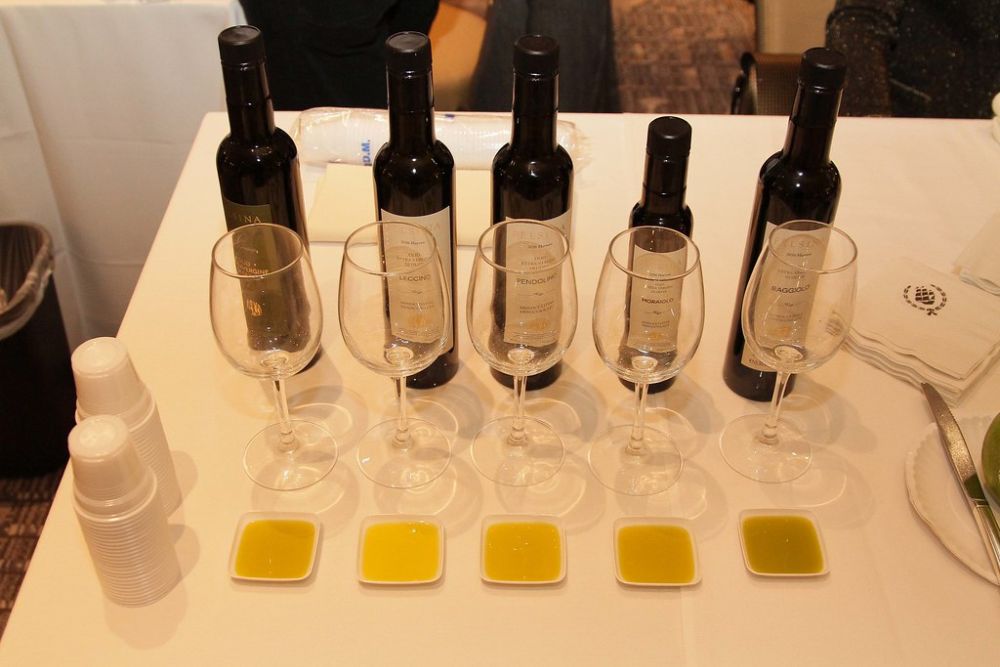
This estate’s cellars burrow deep into the hillside with multiple levels that take advantage of the natural cooling properties of underground spaces. The cellars feature a combination of concrete tanks for fermentation and oak barrels for aging; all housed in spaces that maintain ideal conditions year-round.
The design allows gravity to move wine through different stages of production, reducing the need for pumping that might disturb delicate flavors. The cellars demonstrate how working with natural topography can enhance rather than constrain winemaking operations.
Isole e Olena
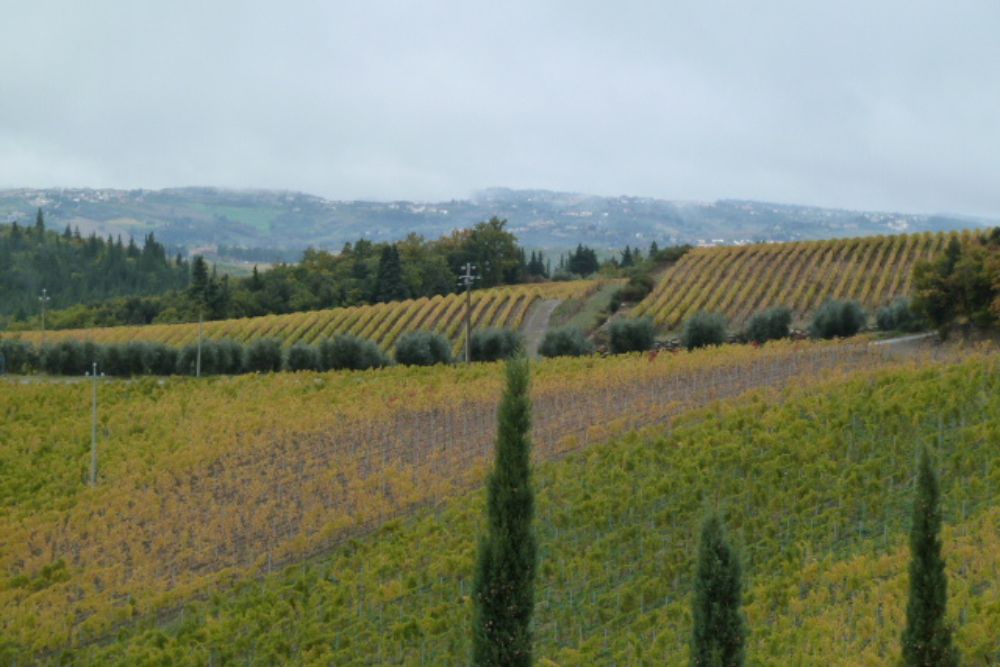
Located in a converted monastery, these cellars maintain the spiritual atmosphere of their religious origins while serving the practical needs of modern winemaking. The ancient stone walls and arched ceilings create natural temperature and humidity control that modern climate systems struggle to match.
The cellars house both traditional large oak casks and smaller French barrels, allowing for different aging treatments that enhance the complexity of the finished wines. The space proves that religious architecture can be successfully adapted for secular purposes while retaining its contemplative character.
Like Travel Pug’s content? Follow us on MSN.
Riserva di Fizzano
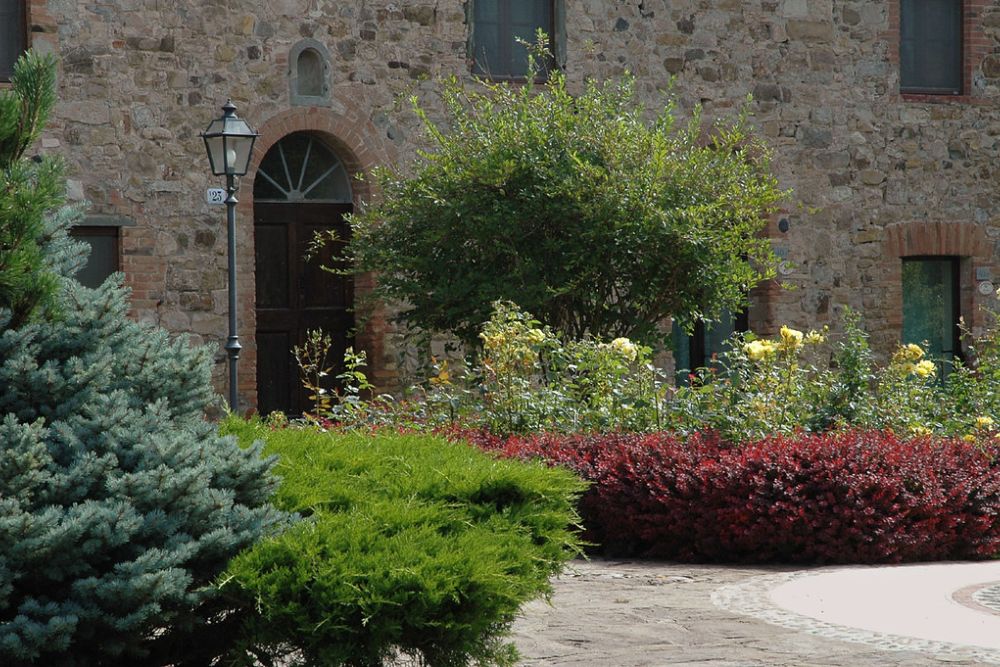
This estate’s cellars extend through natural caves that have been adapted for wine storage, with underground chambers that maintain perfect conditions without any mechanical assistance. The caves feature natural stone walls and floors that regulate temperature and humidity through thermal mass and natural ventilation.
The space includes both active production areas and long-term storage chambers where vintage wines develop the complexity that comes only with patience and proper aging conditions. The cellars demonstrate how natural formations can be more effective than artificial climate control systems.
Tenuta di Trinoro
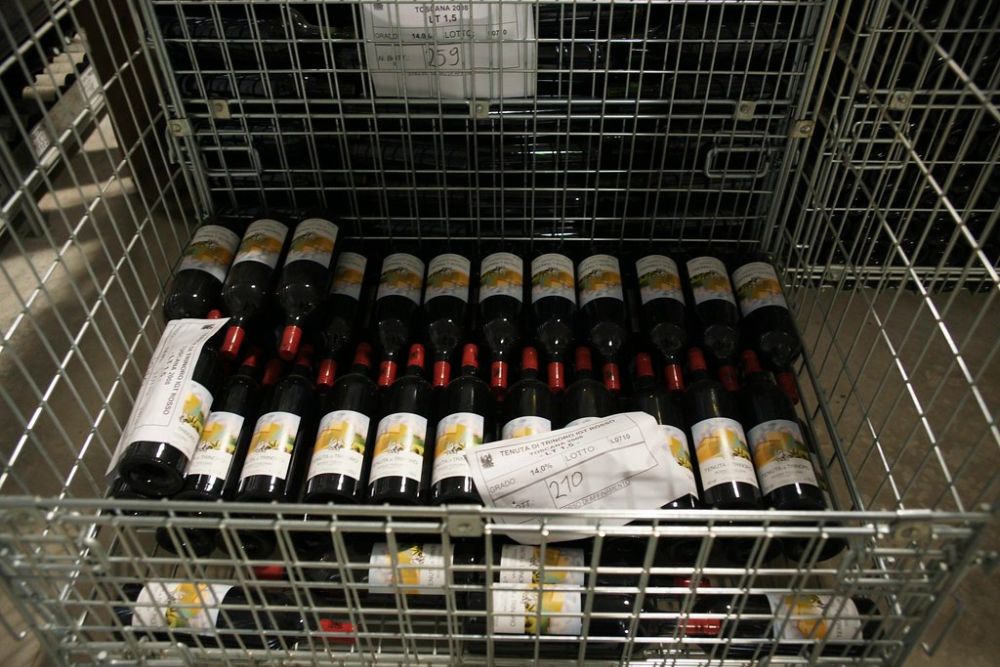
These cellars occupy a hillside location that takes advantage of natural gravity flow, with underground spaces arranged in tiers that allow the wine to move through production stages without mechanical pumping. The cellars feature both concrete tanks for fermentation and oak barrels for aging, all housed in spaces that maintain consistent conditions throughout the year.
The design reflects a modern understanding of winemaking while respecting traditional methods that have proven successful over centuries. The space proves that contemporary techniques can work in harmony with historical practices.
Poggio Antico
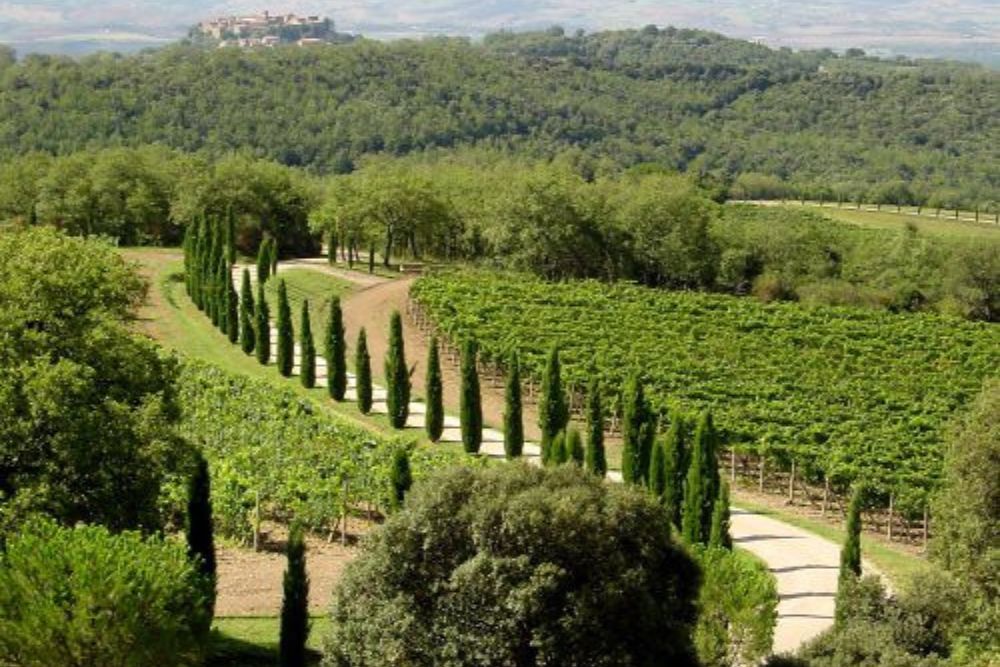
Located near Montalcino, these cellars burrow deep into the hillside to take advantage of the area’s unique soil composition and natural cooling properties. The underground spaces feature both traditional large oak casks and modern equipment, creating a balance between historical methods and contemporary winemaking technology.
The cellars maintain separate areas for different wine styles, from young Rosso di Montalcino to Brunello, which require years of careful aging. The space demonstrates how terroir extends beyond vineyard soil to include the underground environment where wines mature.
Like Travel Pug’s content? Follow us on MSN.
Col d’Orcia
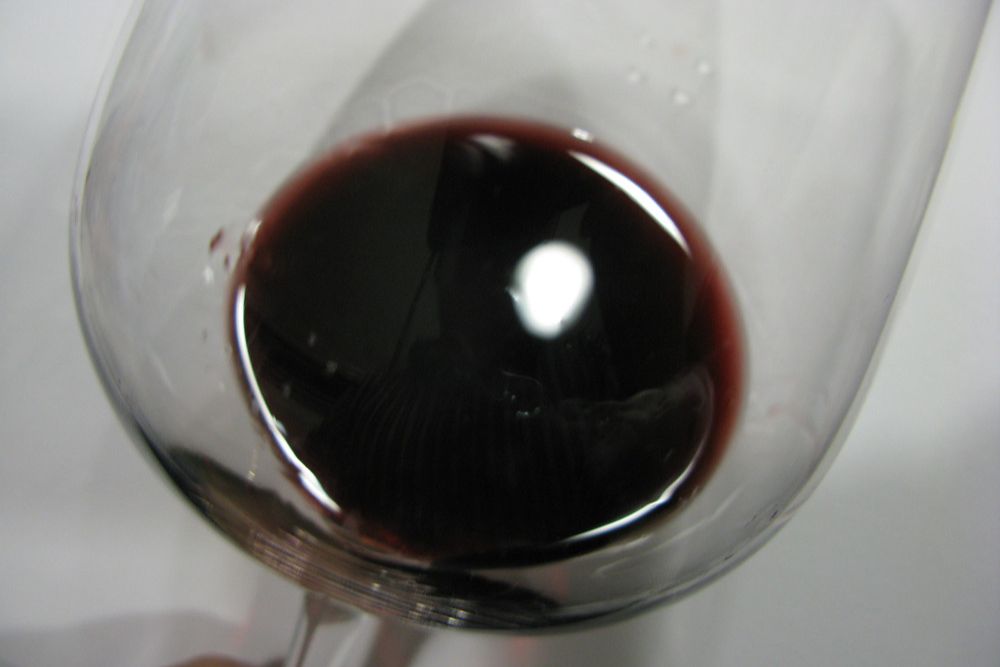
This estate’s cellars occupy underground spaces that were originally excavated for storing grain, later adapted for wine production when the property transitioned to viticulture. The cellars feature thick stone walls and vaulted ceilings that create ideal conditions for aging Brunello di Montalcino and other premium wines.
The space includes both fermentation areas and long-term aging chambers where wines develop the complexity that makes Tuscan wines legendary. The cellars prove that buildings can successfully transition from one agricultural purpose to another while maintaining their essential character.
Tenuta dell’Ornellaia
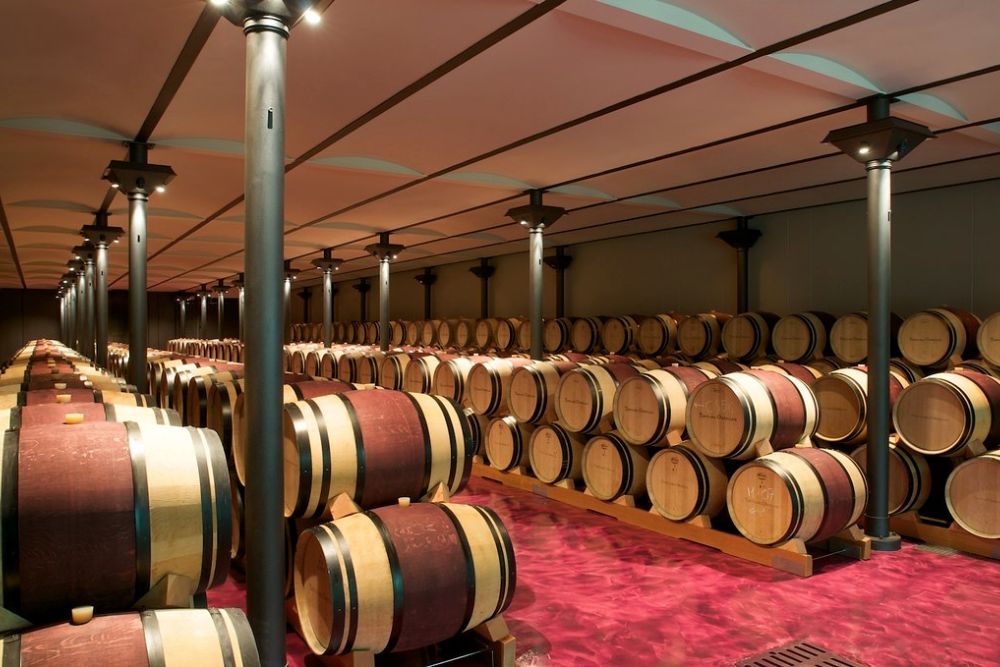
These cellars represent the pinnacle of modern underground winery design, with spaces that combine cutting-edge technology with respect for traditional winemaking principles. The cellars feature separate areas for different grape varieties, allowing for precise control of fermentation and aging processes.
The underground location provides natural temperature stability while sophisticated ventilation systems ensure optimal conditions for developing the complex flavors that characterize premium Tuscan wines. The space demonstrates how modern technology can enhance rather than replace traditional winemaking methods.
Castello di Cacchiano
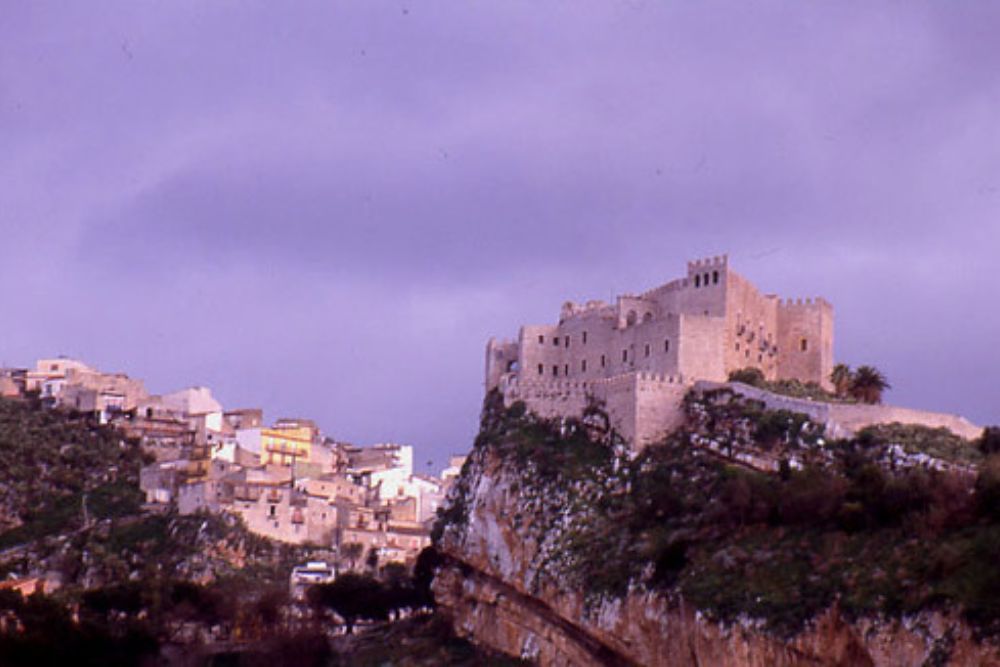
This historic castle’s cellars occupy spaces that have been used for wine production since the 14th century, with stone walls that have absorbed centuries of wine aromas. The cellars feature both ancient sections carved directly into bedrock and modern additions that maintain the same cool, stable conditions.
The space includes traditional oak casks that have been in use for decades alongside modern equipment that allows for precise control of aging processes. The cellars prove that historical continuity can coexist with contemporary innovation.
Like Travel Pug’s content? Follow us on MSN.
Tenuta di Castiglioni

These cellars extend through multiple levels of underground chambers that take advantage of the hillside’s natural cooling properties and stable temperatures. The cellars feature both concrete tanks for fermentation and oak barrels for aging, all housed in spaces designed to minimize temperature fluctuations.
The underground location protects wines from external temperature variations while providing the stable conditions necessary for proper aging. The space demonstrates how underground architecture can serve both practical and aesthetic purposes.
Fattoria dei Barbi

Located in Montalcino, these cellars occupy underground spaces that have been carved directly into the hillside, creating natural caves that provide ideal conditions for aging Brunello. The cellars feature traditional large oak casks alongside modern equipment, representing the evolution of winemaking techniques while maintaining respect for historical methods.
The space includes separate areas for different stages of production, from initial fermentation to final aging that can span years. The cellars prove that traditional methods can accommodate modern quality standards without losing their essential character.
Tenuta Sette Ponti

These cellars combine modern architectural design with traditional winemaking principles, featuring underground spaces that maintain perfect conditions for aging premium wines. The cellars include both stainless steel tanks for fermentation and oak barrels for aging, all housed in spaces that take advantage of natural cooling properties.
The design allows for gravity-fed production processes that minimize handling and preserve the delicate flavors that develop during proper aging. The space demonstrates how contemporary design can honor traditional winemaking principles while improving efficiency.
Like Travel Pug’s content? Follow us on MSN.
Underground Treasures Endure
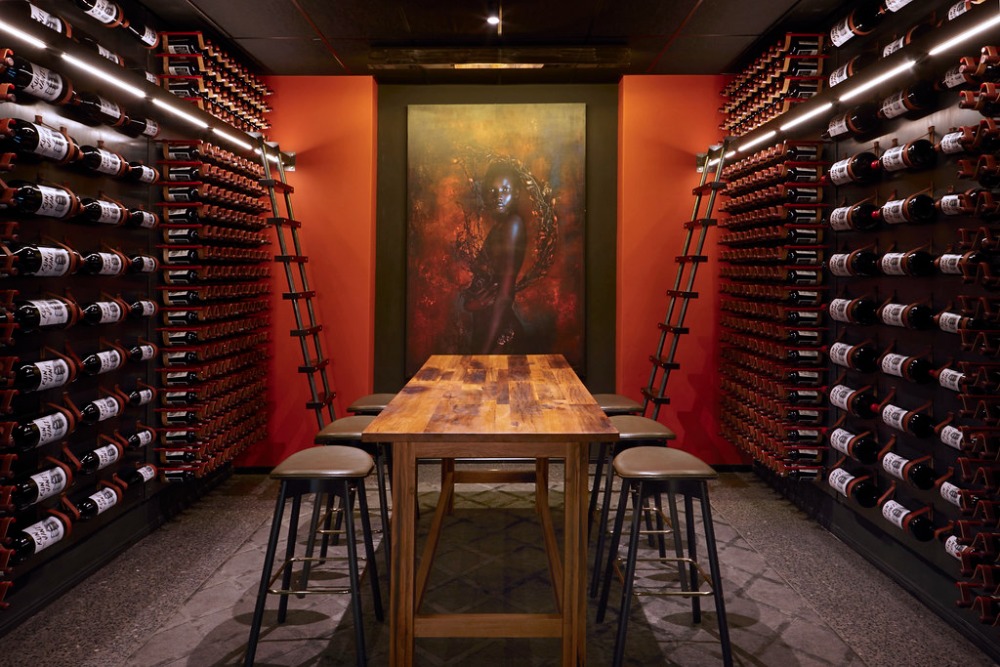
Tuscany’s underground wine cellars continue evolving, with new technologies enhancing rather than replacing traditional methods that have proven successful over centuries. These spaces represent more than storage facilities—they’re temples to the art of winemaking where time, temperature, and tradition combine to create wines that capture the essence of their terroir.
The commitment to maintaining these underground chambers reflects the region’s understanding that great wine requires patience, proper conditions, and respect for the natural processes that transform grapes into liquid history.
More from Travel Pug

- 20 Best Beach Towns in the Carolinas
- 13 Destinations Where Tourists Regularly Regret Their Trip
- 20 Things You Actually Get in First Class
- 20 Small Airports With Aviation Museums
- 20 Places in the U.S. That Are Perfect for a Reset Trip
Like Travel Pug’s content? Follow us on MSN.
